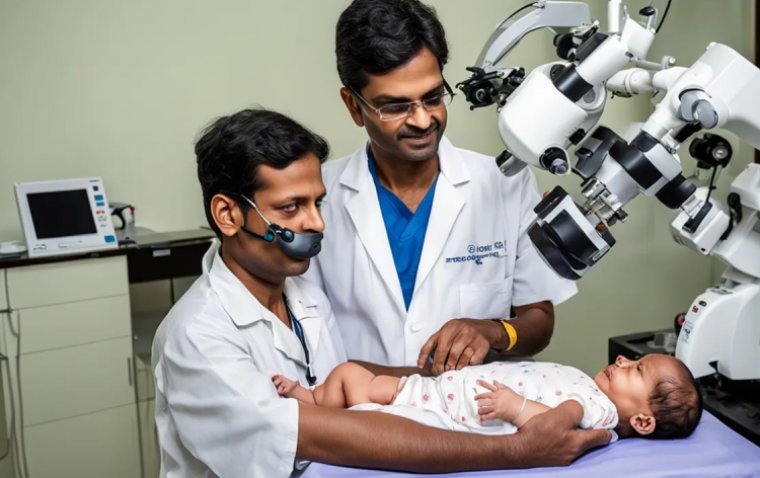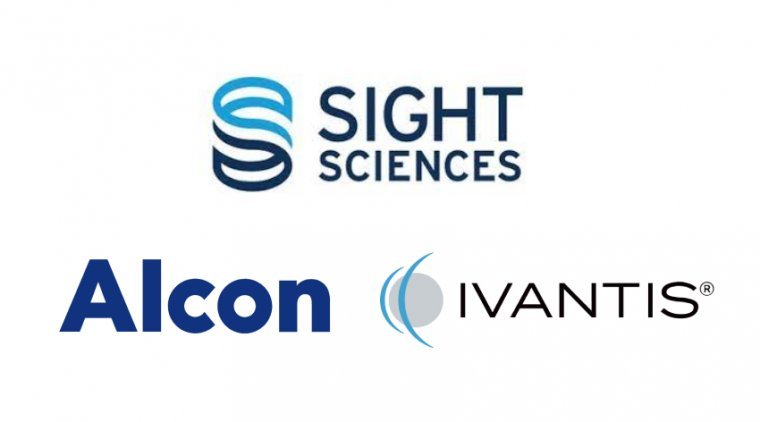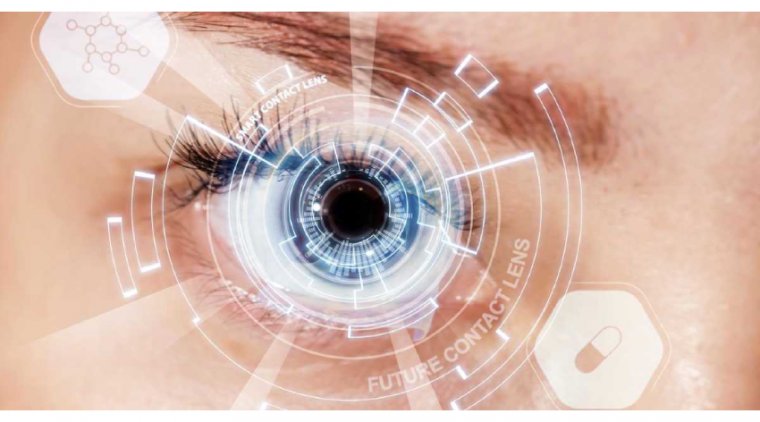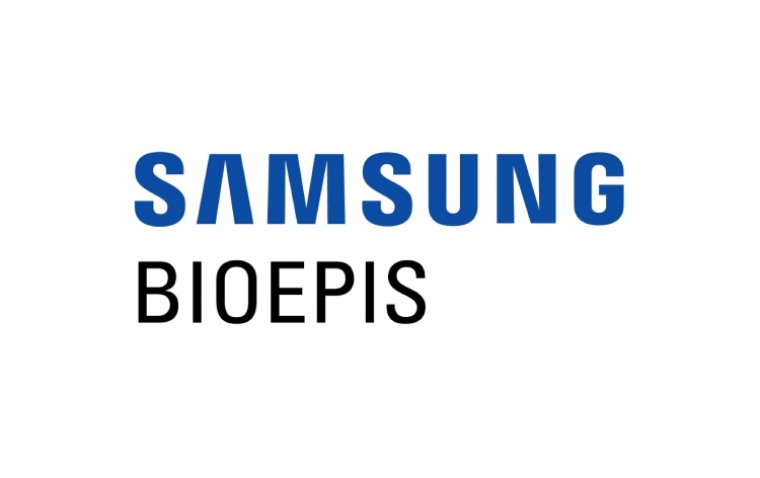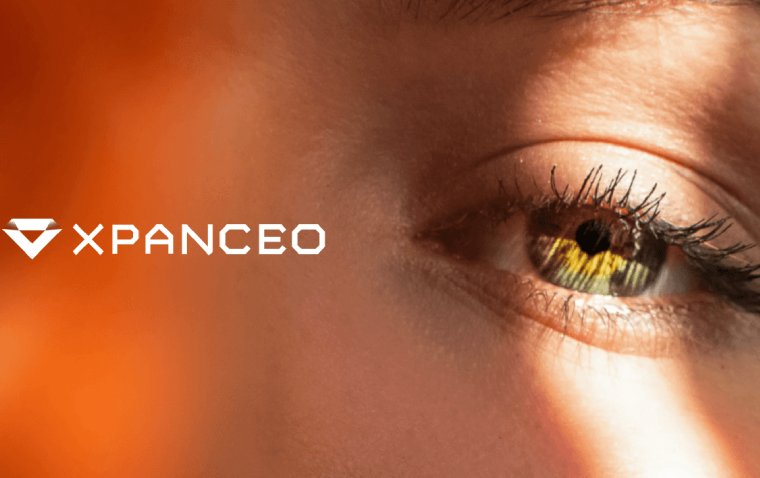
XPANCEO Raises $40M to Launch World’s First Smart Contact Lenses with AR Vision
XPANCEO, a deep tech startup, has secured $40 million in seed funding to introduce groundbreaking contact lenses with augmented reality (AR) vision features. These funds will be strategically channeled into the development of the next prototype, consolidating multiple features within a single device.
In a groundbreaking collaboration, 40 experts from esteemed universities and research institutions have joined forces to engineer ultra-thin, smart contact lenses. These revolutionary lenses are set to revolutionize the field by replacing bulky AR glasses, offering users night vision, zooming capabilities, health monitoring, and immersive content consumption.
In contrast to previous efforts by other companies to create smart lenses, XPANCEO's pioneering team has not only conceived but also successfully laboratory-tested three distinct prototypes.
Remarkably, this cutting-edge device, recognized as the world's first ultra-thin lens, seamlessly integrates with the wearer's natural vision. Constructed from advanced optical materials, including low-dimensional and van der Waals materials, it boasts record-breaking refractive indices and anisotropy, all while maintaining outstanding optical properties.
The ultimate goal of this innovation is to unlock the full potential of AR technology, making it both accessible and user-friendly.
Co-founder and Scientific Partner, Valentyn S. Volkov, Ph.D. says: ''We are targeting, at least, the $790 billion Augmented Reality and Contact Lenses market, and creating the first device in the market that will allow us to use all apps and software in a single contact lens interface. Our device will effectively merge all your gadgets into one. XPANCEO was recognized as one of the top five optic laboratories in the world by international consulting firm BCG, and has practical experience in developing and studying unique materials (like graphene and other 2D materials), opening a way for the realization of next-generation ultra-compact optoelectronic devices."
Classical optoelectronic materials and technologies fall short in realizing this project due to the unwieldy size of the resulting components, rendering them impractical for seamless integration into user-friendly contact lenses. XPANCEO amalgamates more than 20 patented technologies encompassing Advanced Optic and Photonics, Novel Materials, AI, and Neural Interfacing to craft ultra-compact, highly efficient optoelectronic devices embedded in smart contact lenses. This groundbreaking achievement paves the path for a gradual transition from conventional silicon technologies to the promising future of the "graphene valley."
The exceptional refractive indices and pronounced anisotropy of materials harnessed in waveguide-based devices play a pivotal role in enhancing light manipulation and guidance compared to contemporary optical devices. This innovation unlocks exciting possibilities for realizing exceptionally compact optical elements. XPANCEO further showcases its expertise with flexible and transparent electronics, founded on highly conductive quasi-2D metallic films, featuring thicknesses as minimal as a few nanometers. Leveraging the power of artificial intelligence, we harness AI to develop models capable of delivering precise predictions concerning the optical characteristics of similar materials. Moreover, Neural Interfacing grants users full control over applications, eliminating the need for cumbersome eye movements, blinks, or extra controllers.
Opportunity Venture’s (Asia) Managing Director Philip Ma says: “We led this round of funding as a testament to the fact that XPANCEO has not merely an ambition but also a capacity to deliver on its product vision. We believe that now XPANCEO has all the resources needed to drive their R&D and product design forward, and do it even faster. Opportunity Venture (Asia) sees the potential in XPANCEO to define the next generation of computing and to become a major player in the world of personal tech in the post smartphone era."
(1).jpg)


